
Get Instant Solution By an Expert Advisor
(4.8)
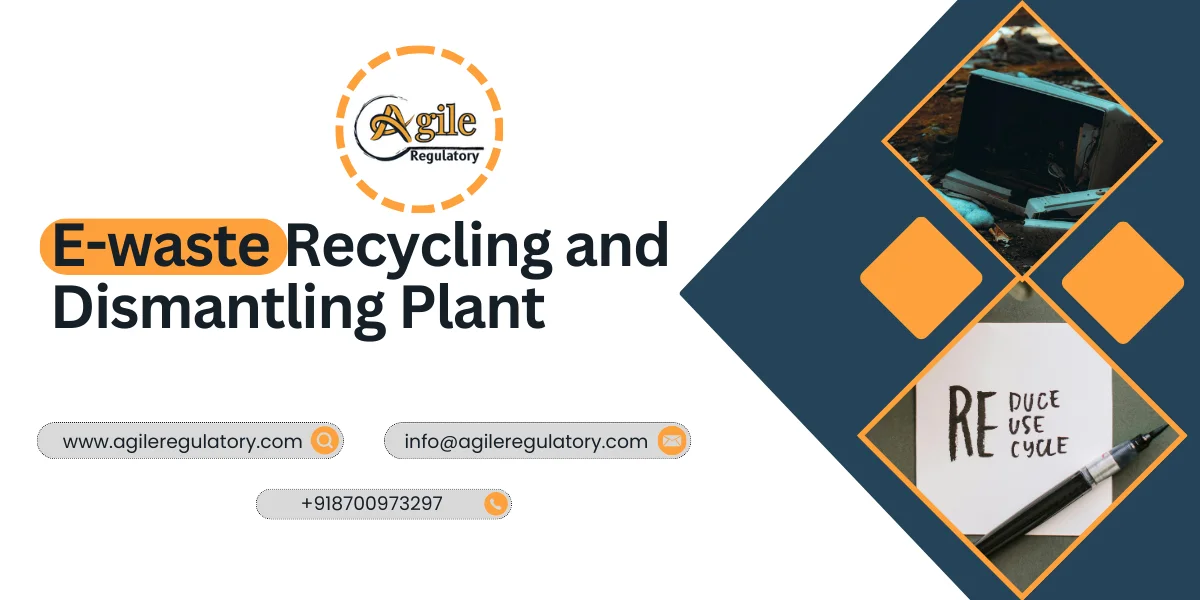

Old gadgets pile up faster than we can count. Every year, phones, TVs, laptops, wires, and even batteries stop working or become outdated. Most people throw these items out with regular trash, not realizing the risk. E-waste, or electronic waste, has toxic metals. This include mercury, cadmium, and lead. When dumped or burned these toxins reach soil and water
India ranks third among countries for producing e-waste. Too much pressure is putting Delhi, Mumbai and Bengaluru at risk. The main issue is less about all the waste—it’s rather what happens to that waste. According to the Central Pollution Control Board (CPCB), only a limited amount of e-waste gets processed according to industry standards. Most of the rest goes to landfills or it is taken apart by hand in unapproved scrap yards. It puts a lot of risk for workers’ health.
We should check the steps for creating a legal, safe and efficient plant for handling e-waste in India
E-waste recycling is more than collecting old electronics. The process includes sorting, dismantling, processing, and recovering useful materials. The process also involves disposing of non-recyclable waste safely. The plant must follow rules set by the E-Waste (Management) Rules, 2022, which replaced the earlier 2016 rules.
You can set up two types of plants:
This plant separates and removes usable parts from e-waste. No chemical treatment is involved.
This plant recovers metals and other valuable parts. It includes shredding, grinding, or chemical processing.
Your plant must be set up in an industrial zone approved by the State Pollution Control Board (SPCB). You will need at least 500 to 1000 square meters of land, depending on plant size. The land must have:
Setting up a recycling or dismantling plant needs several clearances:
If you plan to import e-waste, you also need DGFT permission and MOEFCC clearance.
For a dismantling plant, you need basic equipment:
A full recycling plant requires additional machinery:
Set up separate sections for storage, dismantling, processing, packaging, and admin work. Keep fire safety, drainage, and worker safety in check.
You need trained workers who can handle hazardous material safely. Key staff roles include:
E-waste is not regular scrap. It contains harmful chemicals and sharp objects. So, safety rules should be followed at all times. Some steps include:
You also need to submit an annual return to the CPCB/SPCB. This return shows how much e-waste you handled and where you sent the output.
CPCB CTE, CTO, and NOC Registration
To run your plant, you need a steady supply of e-waste. Build links with:
Most producers are looking for authorized recyclers to meet their legal targets. Use EPR portal to register your business .
Promote your plant as a legal and responsible recycler. Create awareness in nearby cities and businesses. Offer collection drives and bulk pickup services. Share your license and CPCB registration to build trust.
Use digital tools like:
This helps attract more clients and builds your brand image.
E-waste processing methods keep changing. To stay ahead, keep improving your plant. Invest in newer machines that save energy and reduce pollution. Also, keep renewing your licenses and updating your returns on time.
You can also apply for green certifications or ISO standards to increase trust.
Setting up your e-waste recycling and dismantling plant is regarded as more than a business move. As devices grow smarter, our waste must grow cleaner. The process appears long, but the result is very good. You’ll reduce pollution, recover valuable metals, and create jobs—all while building a sustainable enterprise.
If you’re ready to begin your journey in e-waste management, our team can help with everything—from paperwork to plant setup. Contact us today to start your compliance process and make your recycling dream a reality.
.webp)
 Nishi Chawla
Nishi Chawla
24 Oct, 2025

 Nishi Chawla
Nishi Chawla
23 Oct, 2025
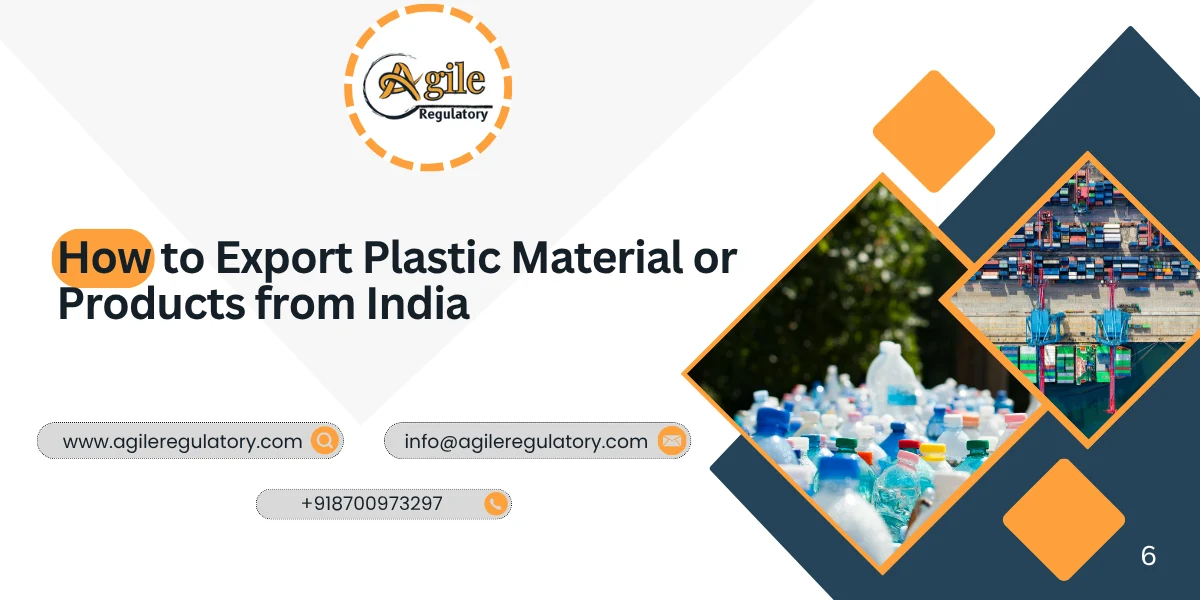
 Nishi Chawla
Nishi Chawla
22 Oct, 2025

 Nishi Chawla
Nishi Chawla
17 Oct, 2025
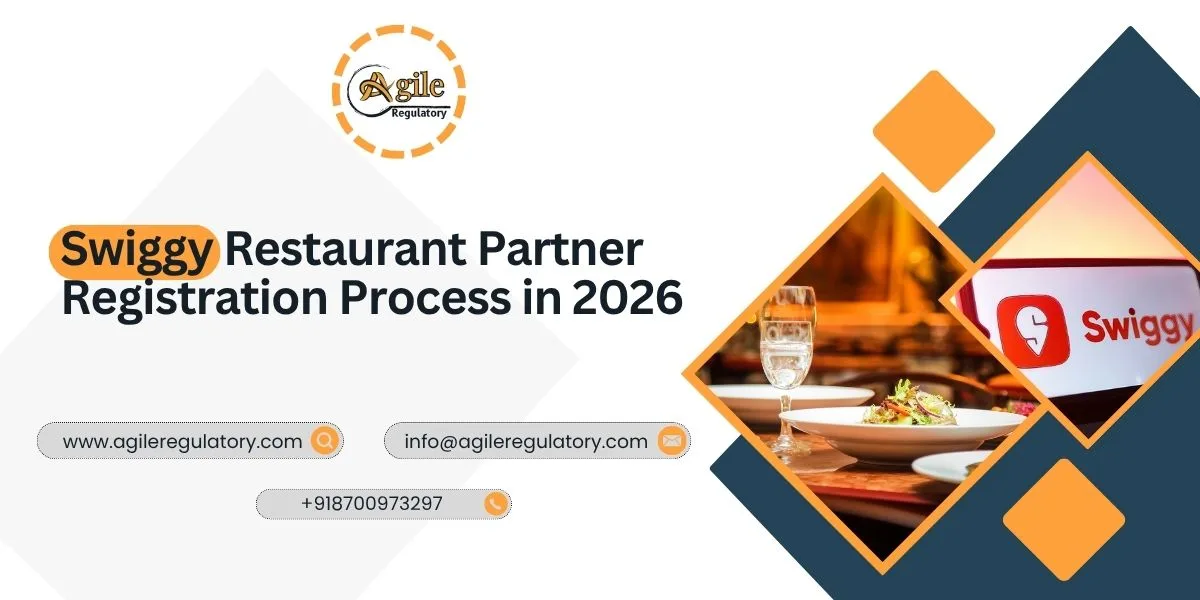
 Nishi Chawla
Nishi Chawla
17 Oct, 2025

Get Instant Solution By an Expert Advisor
(4.8)
We simplify compliance through a proven 4-step process: Consultation, Documentation, Submission, and certification. From understanding requirements to getting final approvals, we deliver a smooth, timely, and fully compliant journey for your business.
What our customer says about us
Fantastic support from the team. Their expertise transformed our approach, driving remarkable outcomes. A must-have partner for businesses seeking effective consulting solutions. Highly recommended.
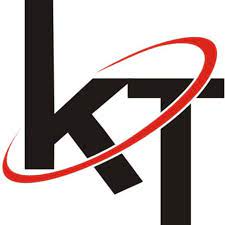
KTPL Instruments
Agile Regualtory delivers exceptional solutions. Their insightful guidance streamlined our processes and boosted profitability. Highly recommended for businesses seeking expert consulting services to thrive.

Justrack IOT
Impressed by Agile Regulatory's expertise. Their strategic insights and practical solutions have elevated our business operations. A reliable partner for effective consulting services. Highly recommended for growth-focused businesses.
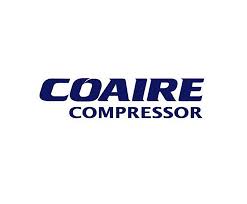
Coaire Compressor
Extraordinary consulting services. Their insightful solutions and dedicated team reshaped our business, driving remarkable improvements. Highly recommend it for transformative results.

Easy Polymer
Incredible experience with Agile Regulatory. Their innovative strategies and expert advice revitalized our business model, resulting in impressive growth. Highly recommend their exceptional consulting services.

Tarus International
Top-tier consulting! offered strategic solutions that revolutionized our approach. Their deep expertise and personalized guidance made a significant impact on our success. Highly recommend their services.

Anchor Weighing
Agile Regulatory exceeded expectations! Their tailored solutions, expertise, and proactive approach led to remarkable results. Highly recommend for businesses seeking impactful and strategic guidance.
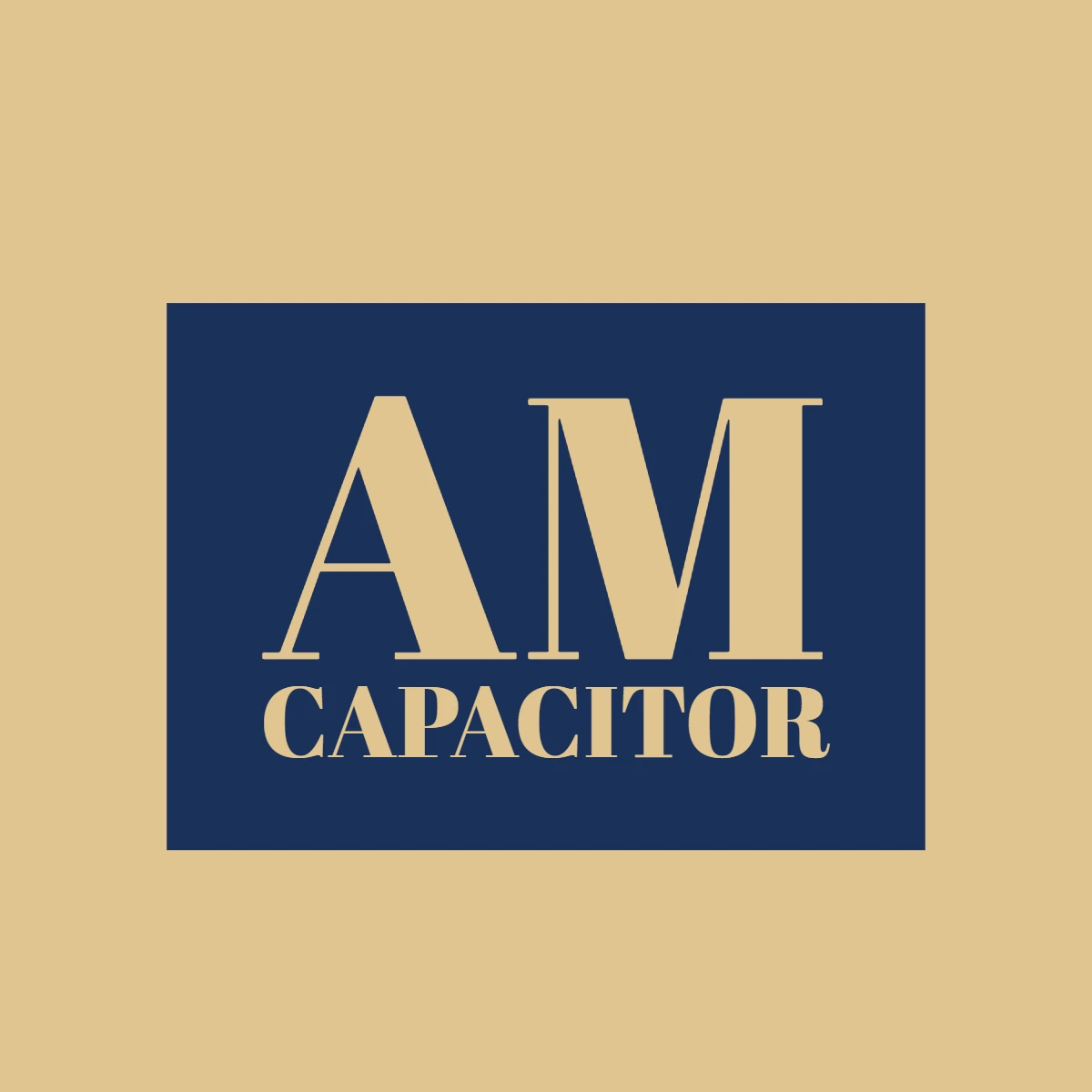
AM Capacitor
Outstanding service! delivered targeted solutions with professionalism and expertise. Their insights elevated our business strategies, resulting in noticeable growth. Highly recommended for exceptional consultation.

Imaxx Pro Aquistic
Leave a Reply
Your email address will not be published. Required fields are marked *